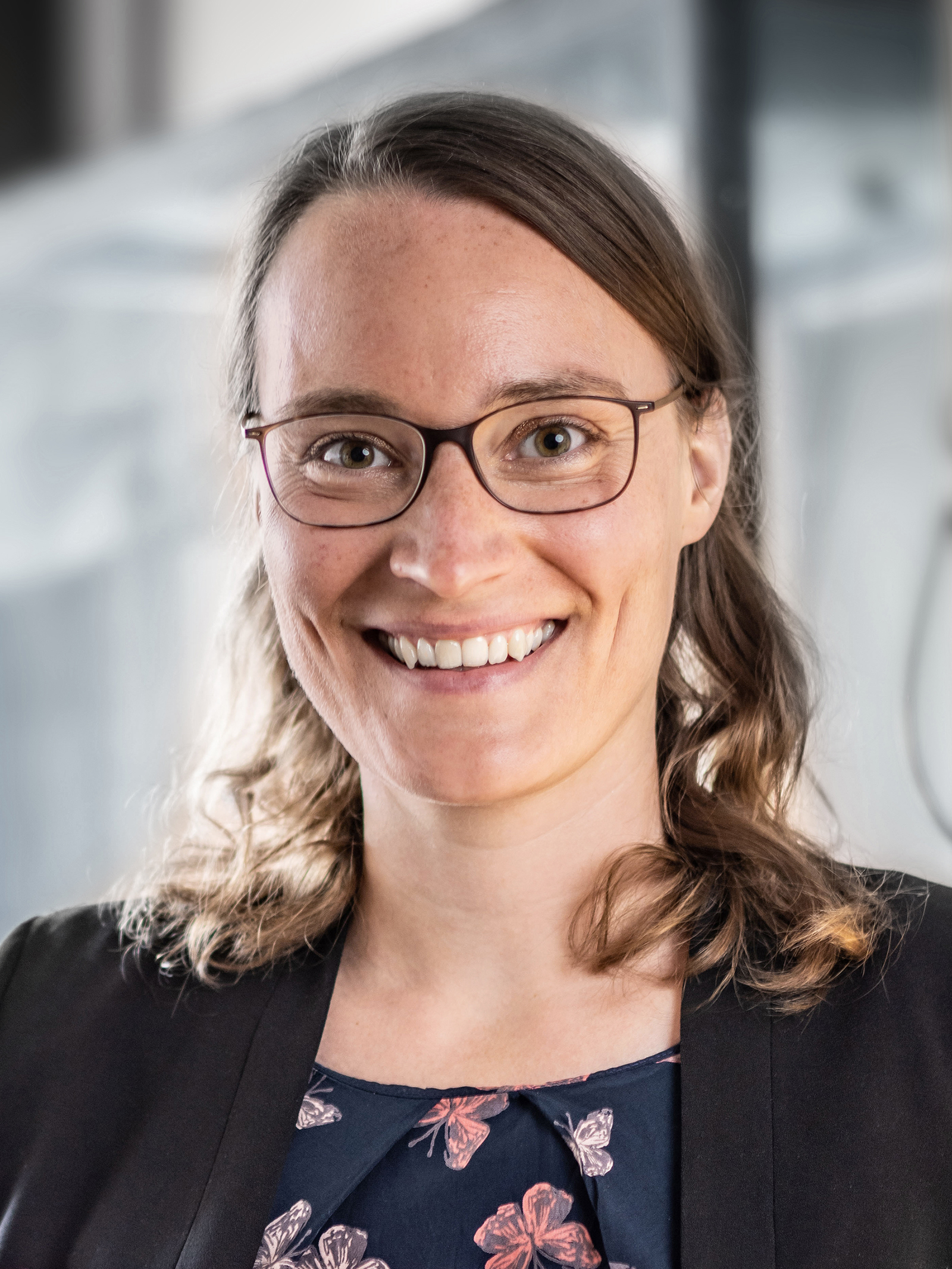
We welcome Anna Stöckl to the Zukunftskolleg
Welcome again to Anna Stöckl - one of our new Research Fellows from the Department of Biology. Today (17 October), she is giving a lecture at the University of Konstanz entitled “Visual processing underlying natural behaviour - From single photons to pattern recognition”.
For more information on her talk see: https://t1p.de/dhibu
Anna did her PhD in the Vision Group at Lund University in Sweden, before moving to Aalto University in Finland for a one-year postdoctoral position. In the past four years, she developed her own research programme as a Research Associate at Würzburg University. It centres on understanding how the visual system of insects extracts spatial and temporal information from their natural environment – and how this information is used to guide behaviour. “Our key model are hawkmoths”, states the biologist. “They are extremely agile fliers with a unique ability: they hover in front of flowers to suckle nectar like hummingbirds. Their high-resolution compound eyes can extract fine details, while also providing nocturnal species with the high sensitivity required to see well even in starlight. Thus, these fascinating insects allow us to study fundamental principles of night vision, spatial vision, motion vision and locomotion control, and thereby contribute to the general understanding of how neural processing gives rise to visual percepts and actions based on them.”
Anna’s research project at the Zukunftskolleg will examine the neural basis of a key aspect of spatial vision: the perception of patterns. With essential functions in object recognition, navigation and communication, it constitutes a fundamental pillar of animal vision. “Given that our brain dedicates several hundred million neurons to this task, it is all the more astonishing that insects, with brains smaller than a grain of rice, recognise and memorise visual patterns as well. Some insect pollinators even possess the ability to generalise pattern features across colours, contrasts or orientations. They thus provide a model to study the neural implementation of invariant pattern recognition with limited computational resources.”
While insect pattern discrimination behaviour has been studied extensively, very little is known about its neuronal implementation. Anna plans to close this gap, using hawkmoths as a tractable model to dissect the invariant pattern vision circuits of insects from photons to behaviour. “This will help us understand how insect pollinators with their tiny brains recognise patterns and how they use these to interact with flowers.”
We wish her all the best for her fellowship at the Zukunftskolleg!
